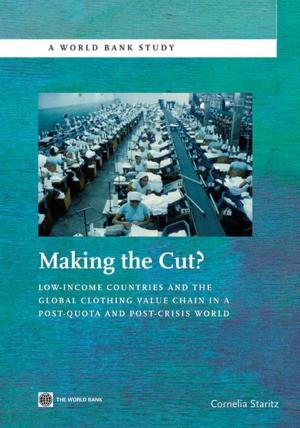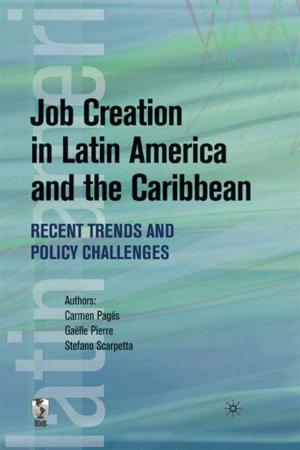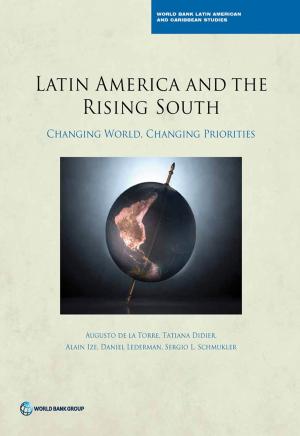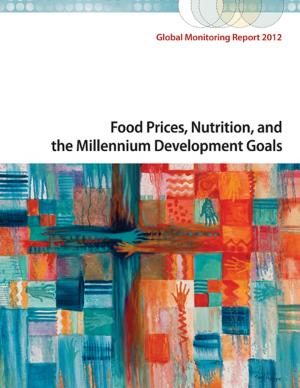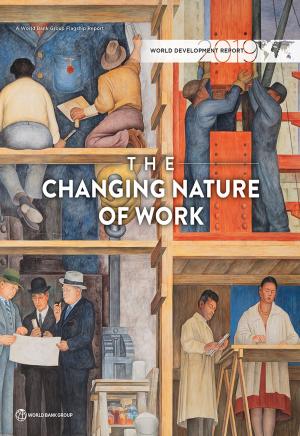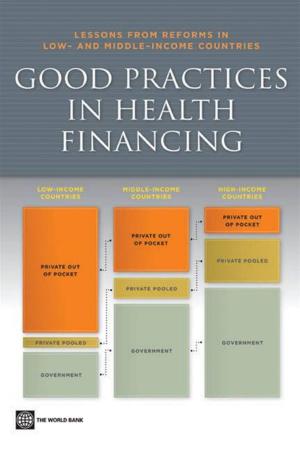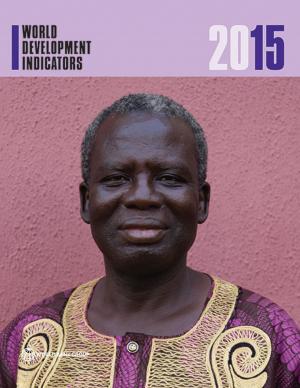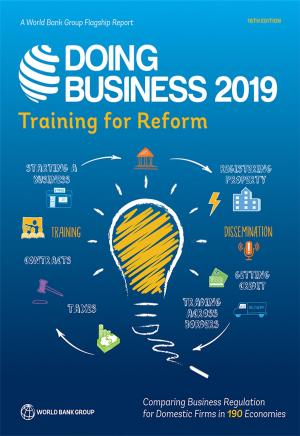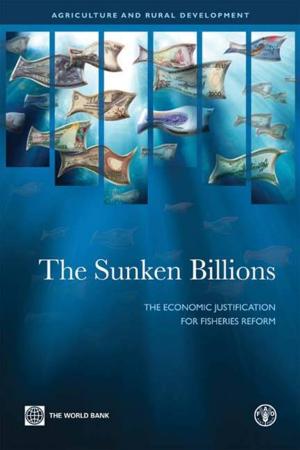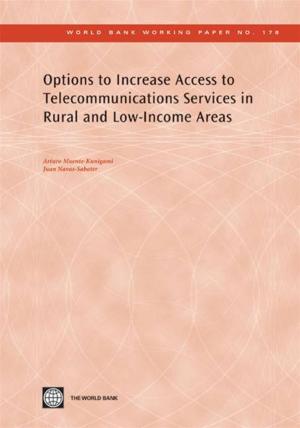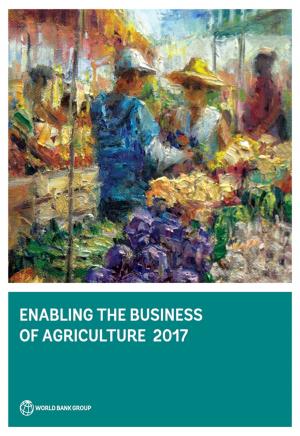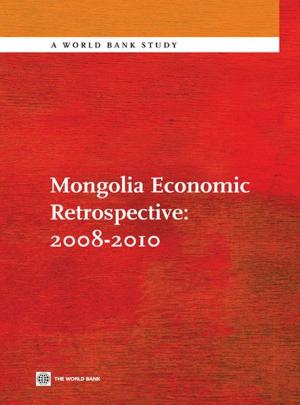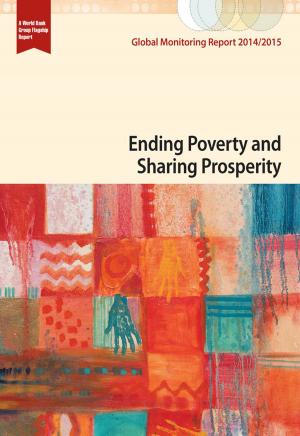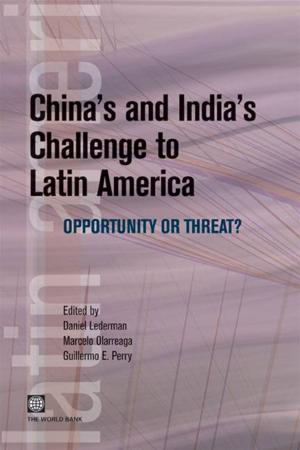Migration And Poverty: Towards Better Opportunities For The Poor
Business & Finance, Economics, Economic Conditions| Author: | Murrugarra Edmundo; Larrison Jennica; Sasin Marcin | ISBN: | 9780821384374 |
| Publisher: | World Bank | Publication: | November 24, 2010 |
| Imprint: | Language: | English |
| Author: | Murrugarra Edmundo; Larrison Jennica; Sasin Marcin |
| ISBN: | 9780821384374 |
| Publisher: | World Bank |
| Publication: | November 24, 2010 |
| Imprint: | |
| Language: | English |
This volume uses recent research from the World Bank to document and analyze the bidirectional relationship between poverty and migration in developing countries. The case studies chapters compiled in this book (from Tanzania Nepal Albania and Nicaragua) as well as the last policy-oriented chapter illustrate the diversity of migration experience and tackle the complicated nexus between migration and poverty reduction. Two main messages emerge:Although evidence indicates that migration reduces poverty it also shows that migration opportunities of the poor differ from that of the rest. In general the evidence suggests that the poor either migrate less or migrate to low return destinations. As a consequence many developing countries are not maximizing the poverty-reducing potential of migration.The main reason behind this outcome is difficulties in access to remunerative migration opportunities and the high costs associated with migrating. It is shown for example that reducing migration costs makes migration more pro-poor. The volume shows that developing countries governments are not without means to improve this situation. Several of the country examples offer a few policy recommendations towards this end.
This volume uses recent research from the World Bank to document and analyze the bidirectional relationship between poverty and migration in developing countries. The case studies chapters compiled in this book (from Tanzania Nepal Albania and Nicaragua) as well as the last policy-oriented chapter illustrate the diversity of migration experience and tackle the complicated nexus between migration and poverty reduction. Two main messages emerge:Although evidence indicates that migration reduces poverty it also shows that migration opportunities of the poor differ from that of the rest. In general the evidence suggests that the poor either migrate less or migrate to low return destinations. As a consequence many developing countries are not maximizing the poverty-reducing potential of migration.The main reason behind this outcome is difficulties in access to remunerative migration opportunities and the high costs associated with migrating. It is shown for example that reducing migration costs makes migration more pro-poor. The volume shows that developing countries governments are not without means to improve this situation. Several of the country examples offer a few policy recommendations towards this end.

